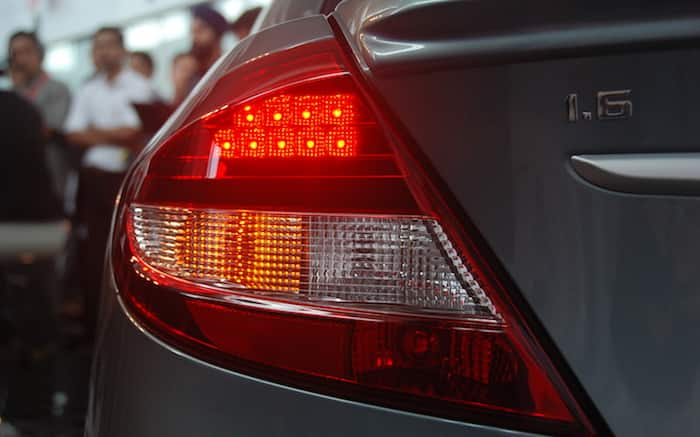Brake issues can be pretty obvious, like when you're in traffic and the squeal of the brakes is louder than your music. Other times brake issues aren't so obvious, but your odometer is telling you it's time to check them out.
Either way, proper maintenance and care of the brakes and braking system are important for your car's safe operation. Instead of paying someone else to do it, you may be inclined to maintain, fix, or replace the components of your braking system yourself. Let's talk about a few specialized tools, lubes, and fluids you'll need to get started, whether you're changing your pads and rotors or bleeding the brake system.
Note: If you have drum brakes, you'll want to read our guides to adjusting drum brakes and replacing brake shoes.

REPLACING PADS AND ROTORS
Before you get into the actual job, you're going to have to access the brakes. Here's what you'll need:
- Jack and jack stands to safely lift and secure the vehicle
- Wheel chock as an added safety measure to keep the vehicle stationary
- Lug wrench to remove lug nuts

Once you're ready to get started, you'll need the following basic tools to remove the brake pads and rotors:
- Ratchet with sockets to remove bolts
- Piston retractor to seat the piston back in the caliper—this is necessary to fit the caliper back over the new, thicker pads
- Bungee cord or wire hanger to secure the caliper after unbolting it
- Gloves
- Safety glasses

And these parts:
- Brake pads and rotors
- Caliper grease, if not included with your pads (and shop towels because this step can get messy)
- Brake cleaner
- Torque wrench to properly secure all bolts and lug nuts
If you're wondering whether or not you really need to replace your rotors with your pads, you're not alone. We think you do, and here's why.
BLEEDING THE BRAKES
Brake fluid is an oil that absorbs moisture easily. That's bad for your brakes because water boils at lower temperatures and can lead to a spongy pedal and reduced efficiency. To keep your brake pedal firm and fully responsive, replacing the fluid periodically is a good idea. Here's what you'll need:
- Wrench to break loose the bleeder valve—size will vary, so refer to your repair manual
- Vacuum bleeder
- Brake fluid—go ahead and grab a couple of quarts. There's a good chance you'll need two, but as long as the bottle is unopened, you can save any extra fluid for your next project.
Did you know? Advance Auto Parts offers a variety of loaner tools, such as this disc brake master kit and this vacuum bleeder.
LET'S GET STARTED
Now that you have an idea of what you'll need to maintain your brakes system, read our detailed step-by-step guides to replacing your brakes and rotors or performing preventative maintenance. With patience and attention to detail, you can have your brakes back in tip-top shape and back on the road.
Have you worked on your brakes? Tell us about your favorite tools in the comments.









